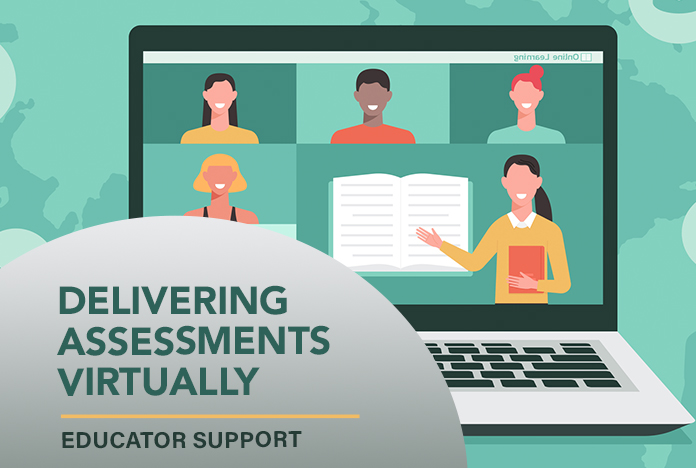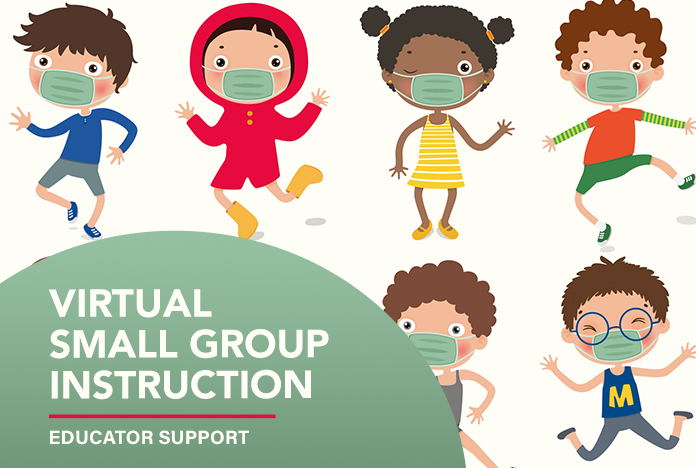Relationships are the foundation of any meaningful learning.
So how do we build classroom community when we’re not physically in the classroom?
Hear from mentor teachers and literacy experts as they provide practical, adaptable suggestions and downloadable resources to help make lasting connections for your students and their families.
By watching this video series, you’ll get actionable takeaways for:
- Building Your Virtual Classroom Culture
- Maintaining Virtual Engagement
- Staying Connected in the Virtual Classroom
- Prioritizing Love and Fun
- Being Yourself
- Reaching Every Child
- Thinking Outside the Classroom
Language Access
In addition to English and Spanish, many families speak other languages. Every family should know they are important members of your community. Use the resources that are available to you to ensure they are included.
- Ask your school or district if they have translators available for virtual school. Advocate with other teachers and with families for access to vital translation services.
- Use apps or programs to translate your messages such as Remind or Talking Points.
- Find others in your school community who are bi- or multilingual who can help you communicate.
To learn more about building classroom community, take our free video course
Did you know a classroom can be likened to an ecosystem – a community of learning where teachers, students, materials, curriculum, and classroom space all work together to support learning? Learn how to create an ecosystem where language and literacy are supported all day long.
More Virtual Teaching Resource Bundles
for Early Elementary Educators

Pathway to Language & Literacy for K-3 Teachers
Chart the course for every student with relevant, helpful reading instruction content for K-3rd teachers.



